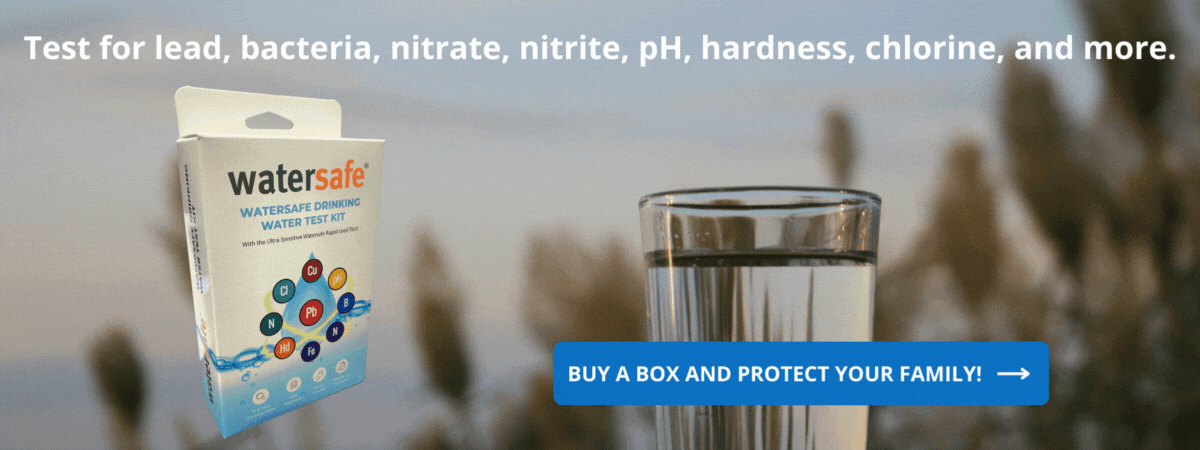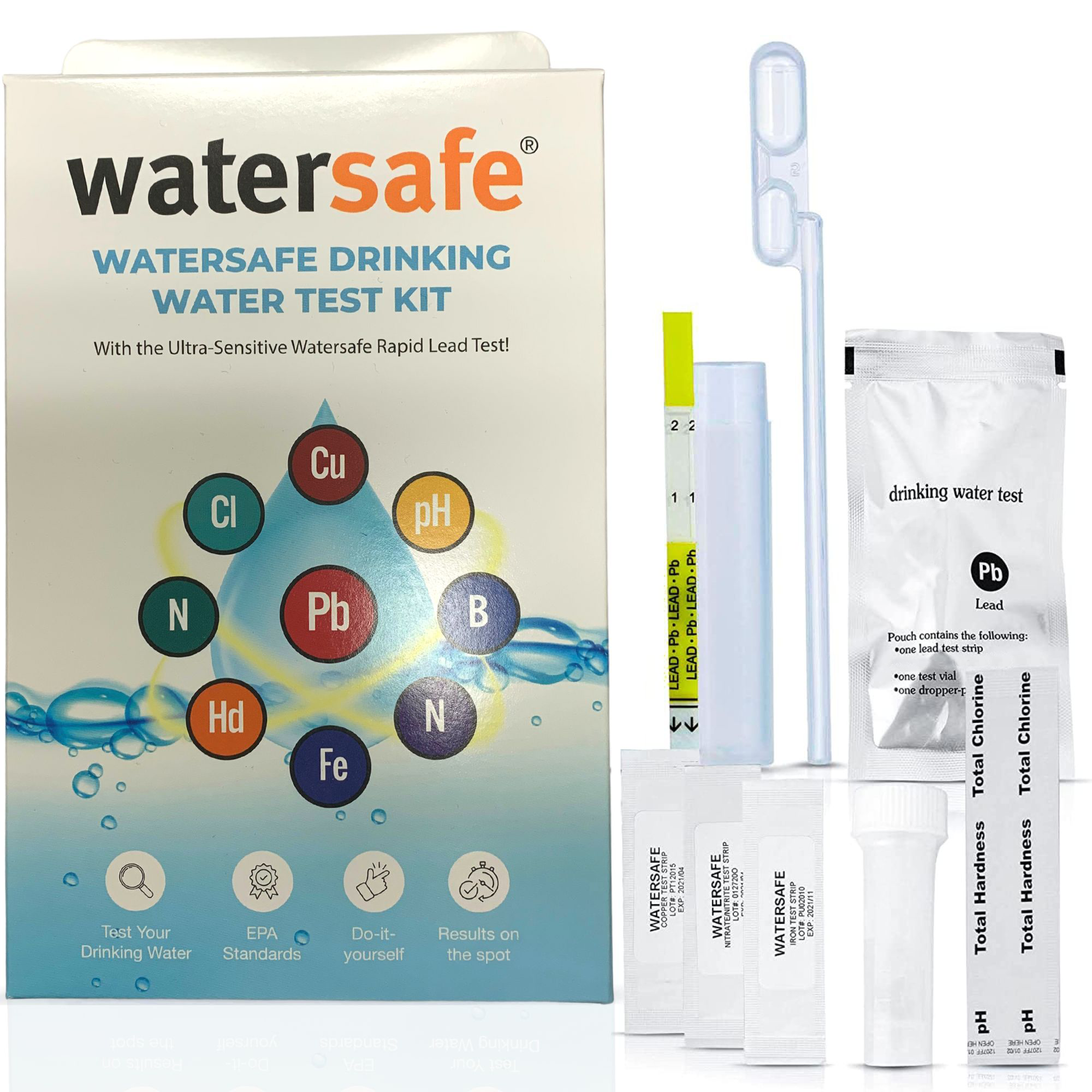Contaminants in Drinking Water – A serious concern for public health
Access to clean and safe drinking water is essential for human survival. However, the quality of drinking water is often compromised by the presence of contaminants that can have serious health implications. Contaminants in drinking water can be naturally occurring, such as minerals and bacteria, or human-made, such as chemicals and pollutants.
Some common pollutants:
Lead
One of the most common contaminants in drinking water is lead. Lead is a toxic heavy metal that can leach into water from pipes, plumbing fixtures, and solder. Lead exposure, even in small amounts, can cause serious health problems, including developmental and behavioral issues in children and reproductive problems in adults.
Chlorine
Another common contaminant is chlorine, which is used by water treatment facilities to kill harmful bacteria and pathogens. Although chlorine is effective in killing these harmful microorganisms, it can react with other organic matter in the water to form dangerous by-products, such as trihalomethanes (THMs) and haloacetic acids (HAAs). Long-term exposure to THMs and HAAs has been linked to an increased risk of cancer and other health problems.
Arsenic
Arsenic is another toxic substance that can be found in drinking water. It is a naturally occurring element that can leach into water from minerals and rocks in the earth’s crust. Long-term exposure to arsenic has been linked to an increased risk of cancer, cardiovascular disease, and other health problems.
Flouride
Fluoride, a mineral that is added to water in some areas to prevent tooth decay, is another contaminant that can be found in drinking water. Although fluoride is beneficial in small amounts, too much fluoride can cause a condition known as fluorosis, which can lead to tooth and bone damage.
PPCPs
Pharmaceuticals and personal care products (PPCPs) are emerging contaminants that have been found in drinking water in recent years. These products, including prescription drugs, hormones, and antibacterials, are not effectively removed by conventional water treatment processes and can end up in the water supply. The health effects of exposure to PPCPs in drinking water are not yet well understood, but research has shown that some of these compounds can have hormonal and reproductive effects.

Test for bacteria, nitrates, nitrites, pH, hardness, and more…
Lead in water contamination happens in USA cities too often. Our test kit for drinking water is trusted by governments, universities, and tens of thousands of families around the country. It is the generally considered the responsibility of homeowners to maintain the safety of their water. Our Watersafe® Drinking Water test kit will help you detect several different contaminants, many listed here in this article. Learn more about this rapid test kit by visiting our “Why Test?” page here.
Conclusion
In conclusion, the presence of contaminants in drinking water is a serious concern for public health. It is important for individuals to be aware of the potential contaminants in their drinking water and to take steps to protect themselves and their families. This may include installing a water filtration system, using bottled water, or testing their water regularly to ensure its safety. Governments and water treatment facilities also have a responsibility to ensure that the water supply is free of contaminants and safe for human consumption. By working together, we can help ensure that everyone has access to clean and safe drinking water.


